Famous Restaurants From the ’70s We Wish We Could Eat at One More Time
Going out to eat in the 1970s was a full-on experience. Some of these restaurants were born in the 70s, others had been around longer but hit their stride during the era by expanding fast and shaping menus people still talk about.
They’ve all since closed, but for anyone who remembers them, the names alone can bring back the taste and the feeling of a very different time to grab a meal.
Farrell’s Ice Cream Parlour
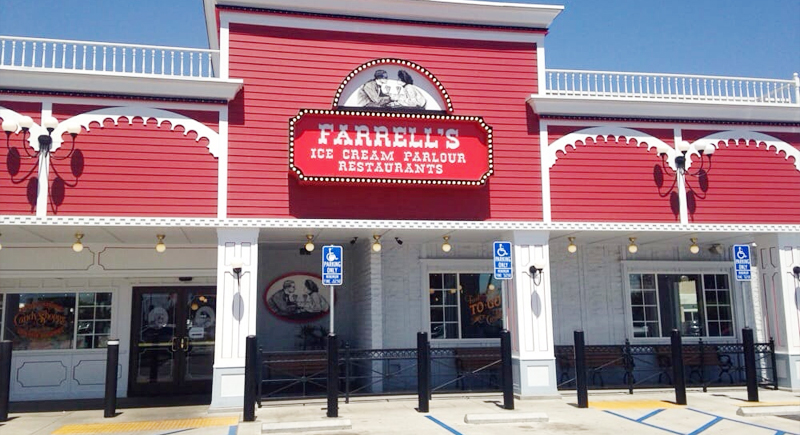
Credit: Yelp
Few desserts in the ’70s arrived with their own parade, but Farrell’s made sure of it. A booming drumroll, flashing lights, and cheering staff accompanied oversized sundaes like the “Zoo,” delivered by a crew to your table. After peaking with more than 120 stores, the chain faded in the ’80s.
Arthur Treacher’s Fish & Chips
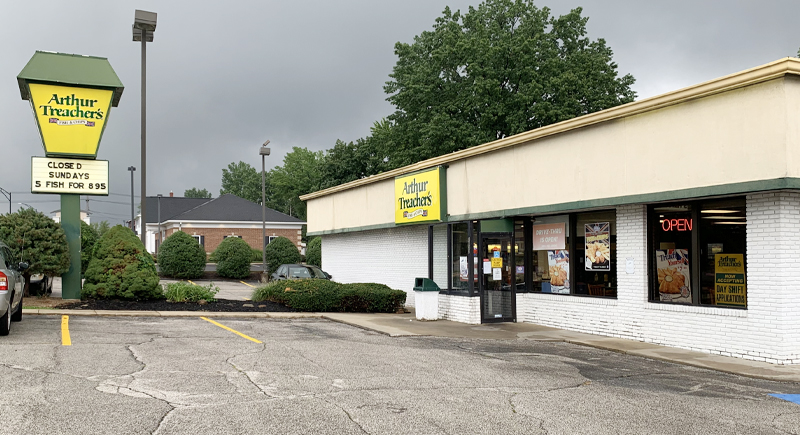
Credit: Wikimedia Commons
By the mid-’70s, battered cod and golden hush puppies were as easy to find as a burger, thanks to this chain’s 800-plus locations. The yellow-and-green lantern outside beckoned drivers in for a taste of Britain via drive-thru.
Burger Chef

Credit: Facebook
Before Happy Meals, there was Burger Chef’s “Fun Meal,” complete with a toy and kid-sized portions. Their Works Bar let you pile on toppings to your heart’s content, which was considered a novelty at the time. At its height, more than 1,000 locations served up these do-it-yourself burgers, but the brand disappeared by 1996 after being sold and rebranded.
Red Barn
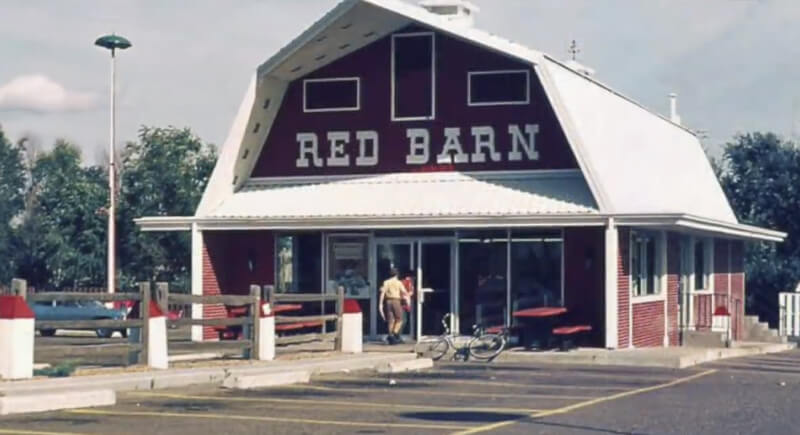
Credit: Reddit
Shaped like a barn and painted to match, this chain became a fixture through the early ’70s with burgers such as the Big Barney and a self-service salad bar. At its peak, it counted nearly 400 locations. By the late ’80s, the brand had lost to changing tastes and ownership.
Sambo’s
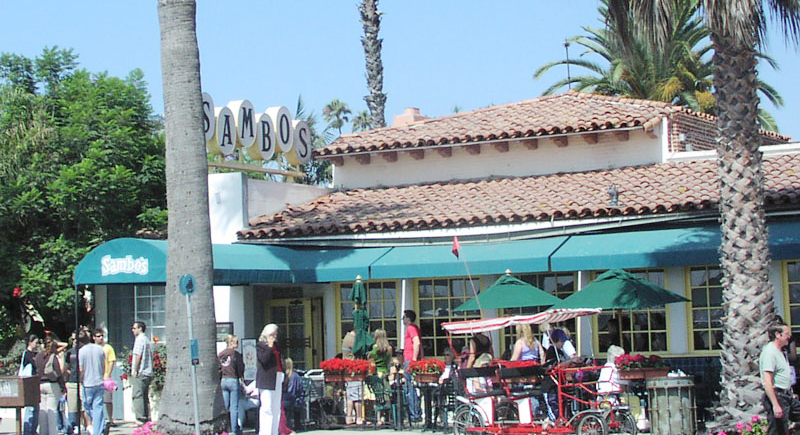
Credit: Wikimedia Commons
By 1979, Sambo’s had more than 1,100 locations that served pancakes, burgers, and coffee in family-style diners. The rapid rise in the ’70s collided with growing criticism over its name and branding, and financial troubles followed. By the mid-’80s, nearly every branch had closed, with the last original location renaming itself in 2020.
The Ground Round
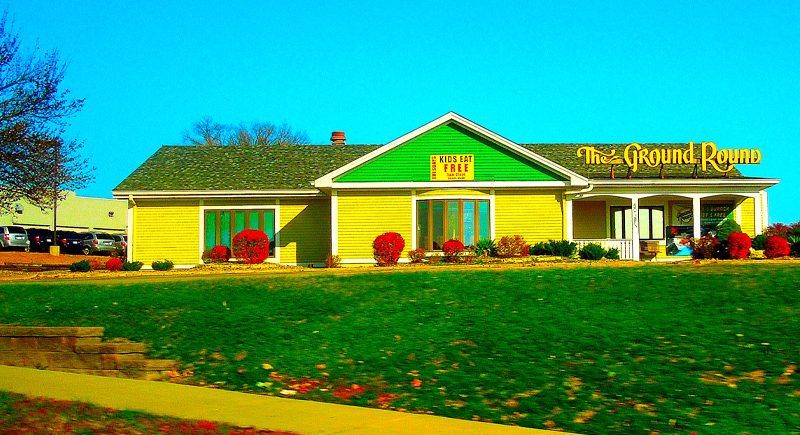
Credit: Wikimedia Commons
Peanuts on the floor, Woody Woodpecker on the TV, and a birthday party where kids paid their age for dinner–That was The Ground Round in its prime. It was founded in 1969, but it was in the ’70s that it became a go-to for families who wanted a meal and entertainment in the same booth.
Pup ’N’ Taco
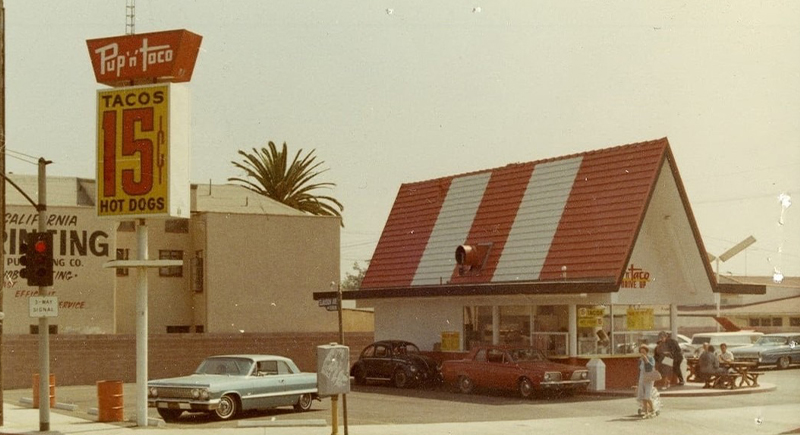
Credit: Instagram
Hot dogs next to tacos on the same menu? California said yes, and so did the hundred-plus Pup ’N’ Taco locations. Their frosty slush drinks became a warm-weather must. By 1984, Taco Bell had bought most of them, and the Pup ’N’ Taco name vanished from neon signs for good.
Minnie Pearl’s Chicken
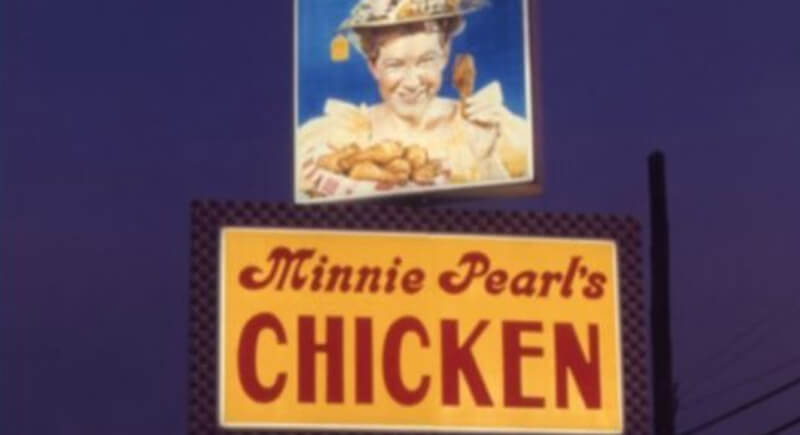
Credit: Facebook
It arrived in the late ’60s but was pure ’70s in its short-lived boom. With a friendly Southern theme and the backing of country comedian Minnie Pearl, the chain grew to more than 100 outlets. Inconsistent food and a financial scandal left it nearly gone by 1973, one of the decade’s fastest collapses.
Wag’s
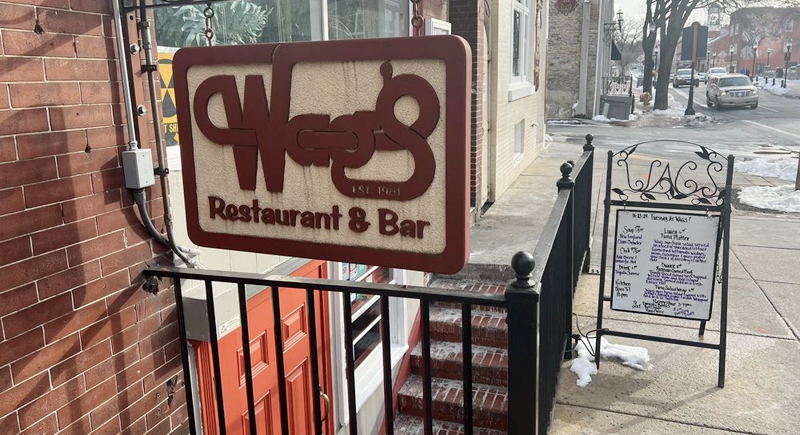
Credit: Yelp
Walgreens’ foray into the diner business produced Wag’s, a 24-hour stop for pancakes at 3 a.m. or burgers before sunrise. By the late ’80s, it had grown to more than 90 locations. But after being sold, the lights went out within three years.
Gino’s Hamburgers
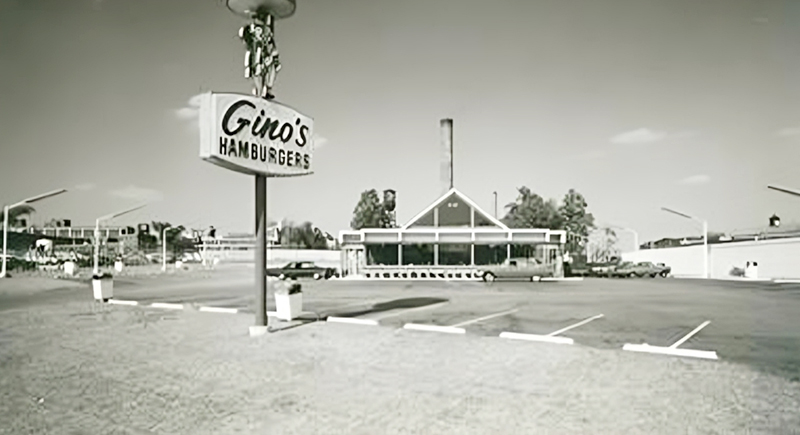
Credit: Facebook
Founded by NFL star Gino Marchetti, this chain had a loyal following in the mid-Atlantic. Thanks to a partnership, the Gino Giant burger sat on menus alongside buckets of Kentucky Fried Chicken. In 1982, Marriott converted most locations to Roy Rogers.
Lum’s
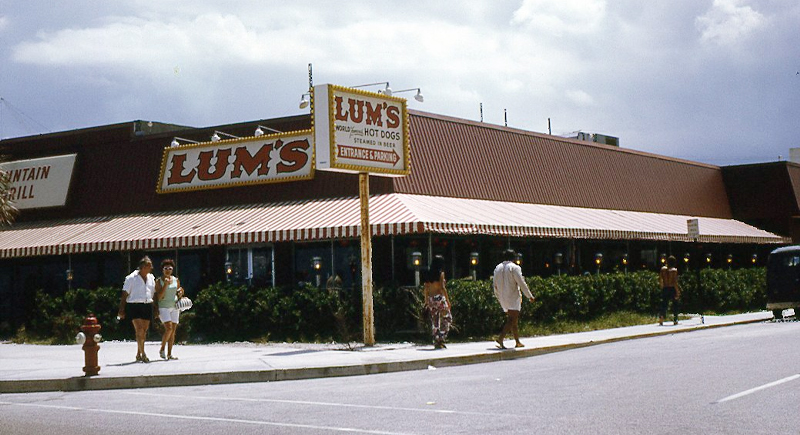
Credit: Wikimedia Commons
Beer-steamed hot dogs might sound unusual now, but Lum’s built its identity on them. At its peak, hundreds of locations paired those with sandwiches and fried seafood. New ownership in the late ’70s couldn’t keep the business afloat, and the final restaurant closed in 2017.
Royal Castle
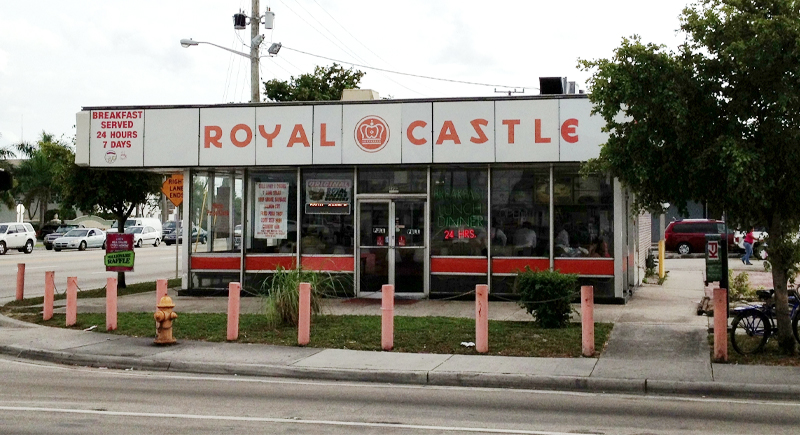
Credit: Wikimedia Commons
In its ’70s prime, Royal Castle was known for its tiny square burgers and fresh-squeezed orange juice. The chain had more than 175 locations across the South and Midwest. Larger competitors soon took over the market, and by the mid-’70s, it had shrunk to a handful of stores before disappearing entirely.
Beefsteak Charlie’s
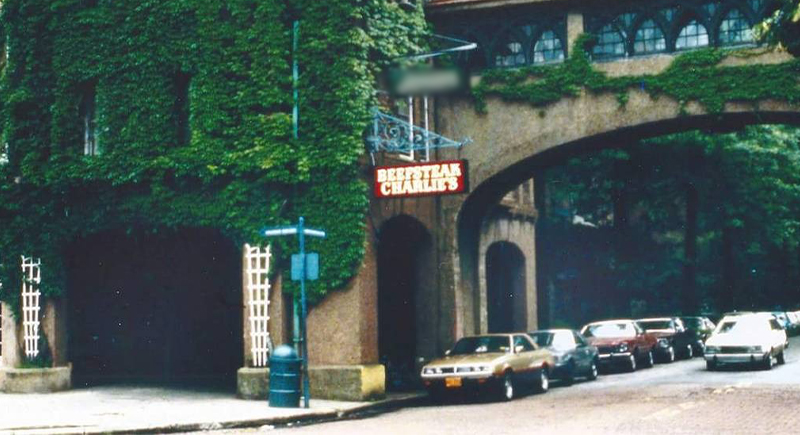
Credit: Instagram
As an East Coast institution in the late ’70s, Beefsteak Charlie’s reeled customers in with an all-you-can-drink beer, wine, and sangria deal alongside steaks and seafood. Its popularity inspired rapid expansion, but overextension led to its unraveling. By the 2000s, the name existed only in old ads and diner stories.
Bonanza Steakhouse
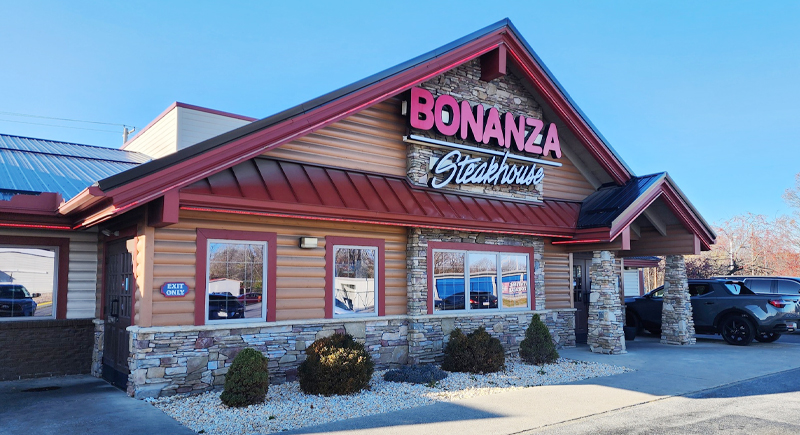
Credit: Facebook
The ’70s were prime years for Bonanza. Its merger with Ponderosa in the ’80s meant the Bonanza name began to vanish from U.S. highways. A few franchised spots abroad still carry the branding, but its heyday is long gone.
Henry’s Hamburgers
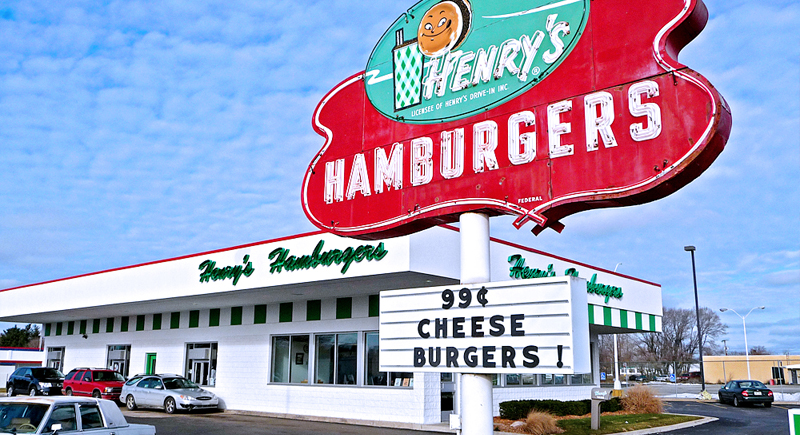
Credit: Wikimedia Commons
Even though this one didn’t vanish completely, to taste the nostalgia, you’d have to head all the way to Michigan, where the last and only single independent restaurant still operates. With burgers starting at fifteen cents, Henry’s was built for volume, and the crowds came. Their “brown bag special” bundled burger, fries, and drink into a grab-and-go deal that rivaled any value menu today. In the ’70s, there were over 200 stores, but competition wiped them out as a chain.